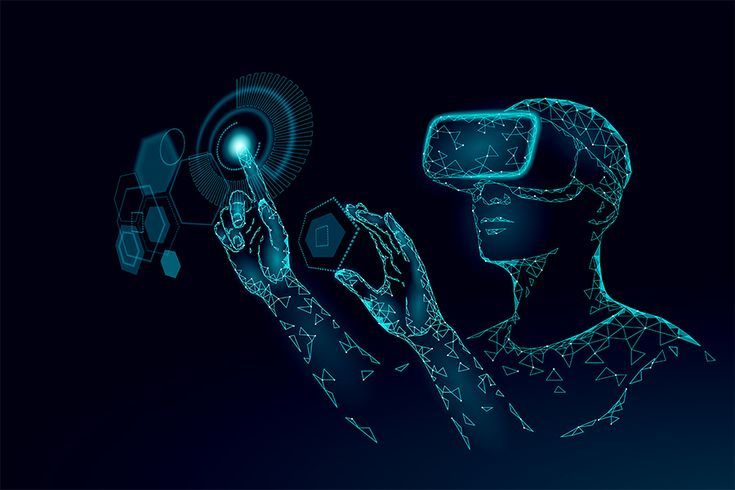Meta, the parent entity for Facebook, Instagram, and WhatsApp, is making a behemoth move towards revolutionizing the future of digital advertising. By 2026, the technology giant plans to automate the process of advertising entirely through AI, enabling companies to create high-performing advertising campaigns with less human involvement.

Picture explaining to a platform, “I would like to sell 500 pairs of sneakers in 30 days,” and the system would automatically create ads, target the correct audience, set the budget, and optimize the whole campaign for conversions. This is not science fiction—it’s Meta’s future reality.
Let’s see what this looks like, how it works, the advantages and disadvantages, and how you can get ready.
What Does “Fully Automated Advertising” Mean?
Meta imagines a world where the advertiser just supplies:
A business objective (e.g., drive sales, app installs, or leads)
A product or service link
Fundamental brand identity assets (e.g., logo, colors, voice guidelines)
And the platform takes care of the rest:
Step Traditional Advertising Meta’s 2026 AI Advertising
Creative Design You design images/videos manually AI creates image, video, and text content
Audience Targeting You specify audience manually AI analyzes and picks high-potential segments
Bidding Strategy You watch and adjust bids AI auto-optimizes in real-time
Campaign Management You test variations over weeks AI runs rapid A/B testing and scaling in minutes
This is an evolution of Meta’s current Advantage+ suite, now moving toward end-to-end campaign automation.
Key Technologies Behind the Vision
Generative AI (like ChatGPT or Meta’s LLaMA models): Generates ad copy, headlines, and even customer-tailored messages.
Computer Vision + Design AI: Creates dynamic image/video ads using product catalogs and brand colors.
Machine Learning for Targeting: Targets.
Uses behavior patterns, context, location, and purchase intent.
Predicts high-value customers.
Auto-Optimization Engines: Dynamically shifts budget to top-performing platforms (e.g., Facebook Feed vs. Instagram Reels).
Advantages of AI-Powered Advertising
Whether you’re a solopreneur or a multinational brand, here’s what Meta’s automation could do for you:
- Save Time and Resources
No more hours spent creating creatives or learning Facebook Ads Manager—AI does it all. - Reduced Cost Per Acquisition (CPA)
AI can determine the most affordable means of acquiring a customer using more intelligent bids, placements, and formats. - Hyper-Personalization at Scale
Display distinct ad variations to various customer segments—without dozens of designs—automatically. - Simplified Entry for Small Businesses
Mom-and-pop stores may compete with large brands since they can use intelligent AI tools. Risks and Challenges Ahead
Of course, with every automation revolution comes the pains of growing: - Creativity vs. Generic AI Output
AI can create content—but not necessarily great content. Without human creativity, brands risk being bland. - Data Privacy & Ethics
With AI monitoring more user behavior, concerns around consent and the ethical use of data rise. - Dependence on Meta’s Ecosystem
Businesses could become too dependent on Meta’s “black-box” algorithm without knowing what’s working or why. - Redefinition of Jobs
Digital advertisers, ad managers, and designers will have to transform from execution to strategy, branding, and AI oversight professions. How You Can Get Ready (Actionable Recommendations)
If you’re an agency, business owner, or marketer, these are how you can future-proof your advertisement: - Begin Utilizing AI Ad Tools Today
Check out Meta’s Advantage+ Shopping Campaigns
Utilize tools such as Canva’s AI design, ChatGPT for ad copy, and Pictory/Runway for AI videos
- Create a Content Library
Get your brand assets (colors, fonts, logo, tone of voice) prepared for use by AI. Consolidate product images, testimonials, and brand stories under one roof. - Prioritize First-Party Data
Gather and consolidate your customer data (emails, preferences, purchase history). The better quality data you provide, the better Meta’s AI will perform. - Upskill Your Team
Learn how to prompt AI, read performance reports, and drive strategy. Human judgment will continue to be key in brand positioning and storytelling. - Test Multi-Platform Campaigns
Don’t rely only on Meta—test Google Ads, TikTok, Pinterest, and LinkedIn. Diversification decreases platform risk. Expert Insight: What Will Marketers Actually Do?
With machines doing the execution, marketers will move on to:
Strategy creation
AI prompt development
Creative oversight
Brand narrative
Customer experience optimization
AI is the engine; humans are the drivers.
Conclusion: The Future Is Automated—but Human-Guided
Meta’s vision for completely automated advertising by 2026 is ambitious but inevitable in the age of AI. It provides a potent shortcut to effective marketing for businesses of every size, but it also forces us to reimagine our place in the advertising process.
The champions of this new paradigm will be those who:
Embracing automation without sacrificing creativity
Leverage AI as an ally, not an adversary
Stay informed, nimble, and customer-centric
The advertising world is evolving quickly. Are you?
